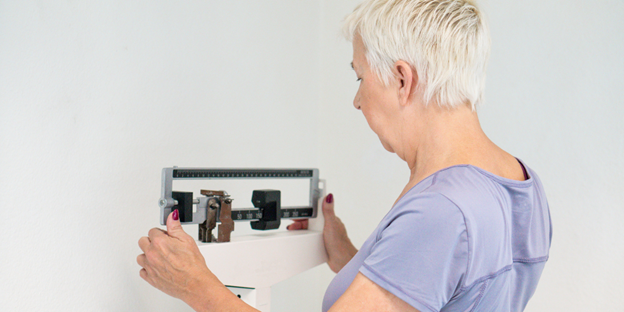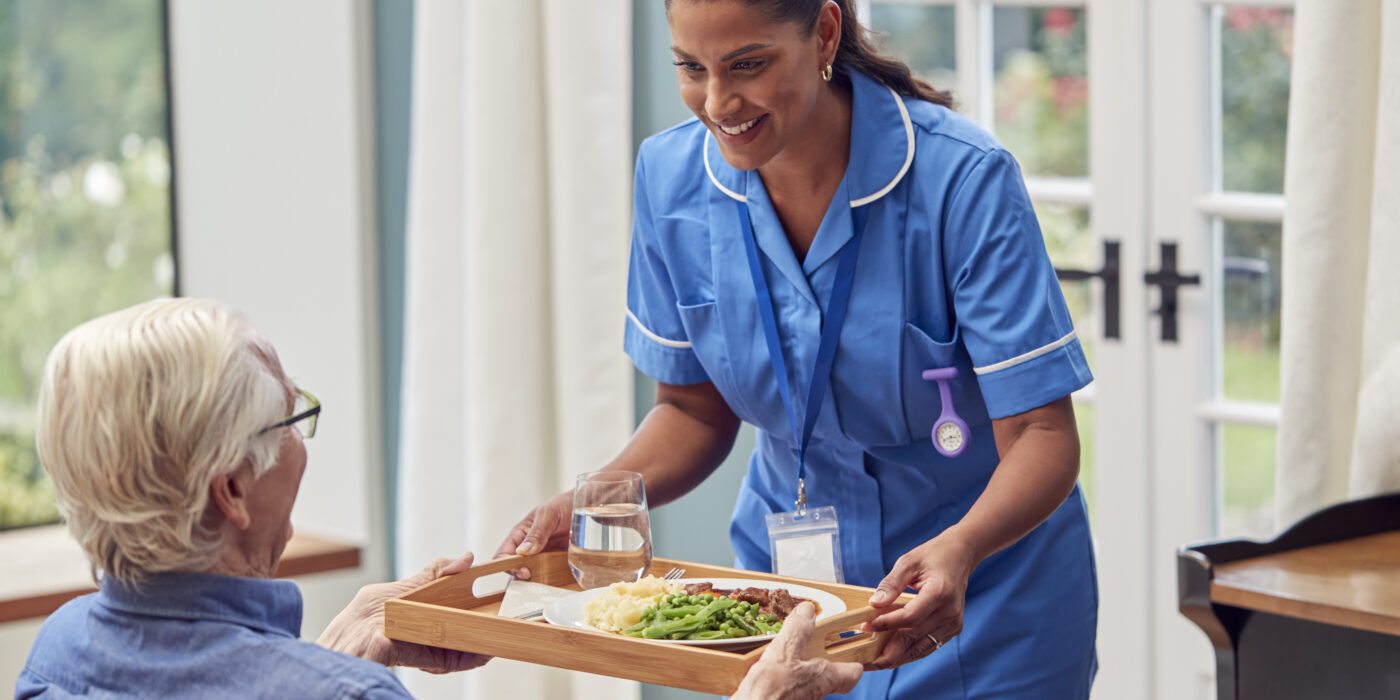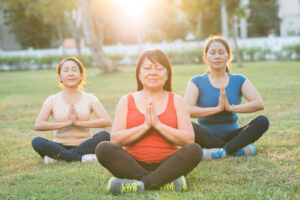Are You Finally Back Where You Belong? Post-Hospital Home Care for Recovery Stay
Hooray! You’ll be discharged from the hospital very soon. You’ve been laid low by a sickness or surgery, but you’re on the mend and eager to resume your normal routine as soon as possible. Most patients would want to rest at home if given a choice. When can we expect to see results from our efforts to aid them?
Your doctor may recommend starting your recovery journey at a nursing home or rehabilitation center. Reasons for this may include the following, as suggested by the National Institutes of Health:
You need more home to recover from your surgery, you do not have enough support at home, or your living situation necessitates getting stronger or more mobile.
• Infections, complications with your surgical incision, and other medical difficulties may delay your discharge from the hospital.
• Other medical issues, such as diabetes, lung disorders, and heart problems, have hindered your recovery.
• A nursing home or rehabilitation center might be a lifeline to full recovery for individuals whose health conditions need treatment. However, it’s comforting to know that expert in-home care services can resolve similar issues.
Benefits of Recovering at Home for Seniors
Skilled nursing provided in the comfort of your own home can help you recover from illness or injury more quickly and with less stress than leaving your home would require. Skilled medical care, such as wound care, vitals monitoring, and other medical care, can be provided by a certified nurse working in home health, and other home health professionals can assist with physical therapy. On the other hand, our home care organization can provide support with ADLs and other nonmedical services (ADLs). Assistance with daily activities such as meal preparation, housekeeping, medical hygiene, mobility, and transportation to follow-up doctor’s visits are all part of the caregiver’s remit.
When patients get care at home following their discharge plan, research shows that it is as successful as receiving care in a facility and may even be more so. The patient will reap the following advantages while recovering at home:
• Decreased susceptibility to contracting infectious diseases (significant with the coronavirus continuing to spread).
• The physical comfort of home, the psychological benefit of a sense of independence, and the convenience of visits from loved ones are why older people prefer to stay at home rather than in a hospital.
The Elderly and Their Families Benefit From In-Home Care
Elderly family members who want or need extra support with their day-to-day lives might benefit from nonmedical in-home care services. Professional caregivers working in the home often see the first signs of improvement in their patients. That way, a re-hospitalization is not necessary, and the patient’s loved ones and doctor are informed immediately to determine if the patient requires attention.
Family caregivers may rest easy knowing their loved one receives high-quality care from experienced in-home caregivers. Children who are now adults will be free to prioritize their careers and families. When spouses are relieved of their caring responsibilities, they are better able to be patient and keep their loved ones apprised of events outside the home.








